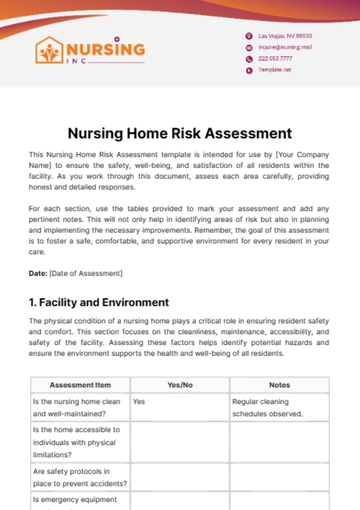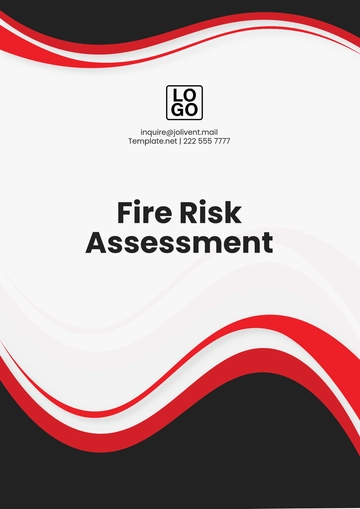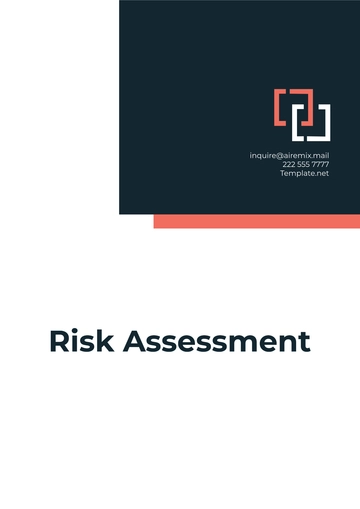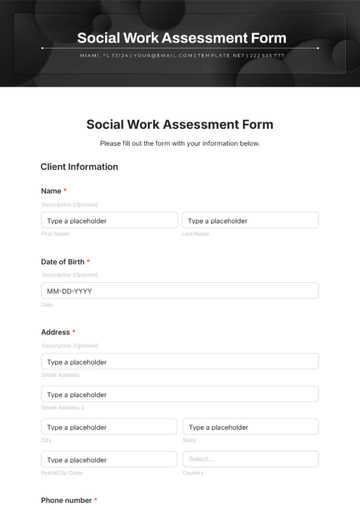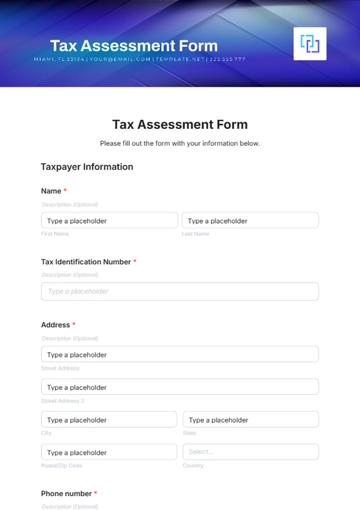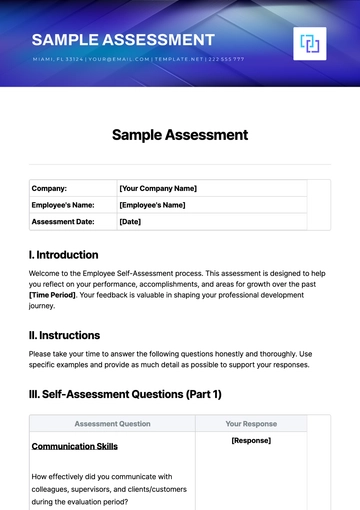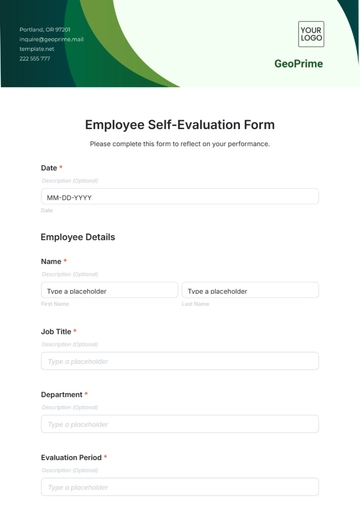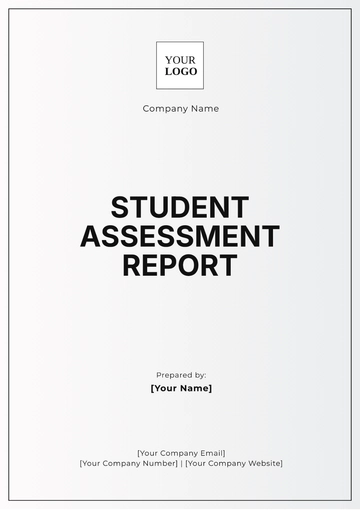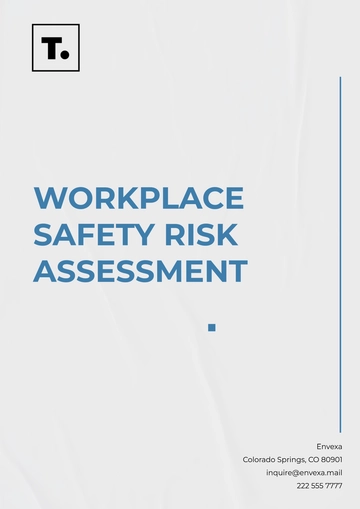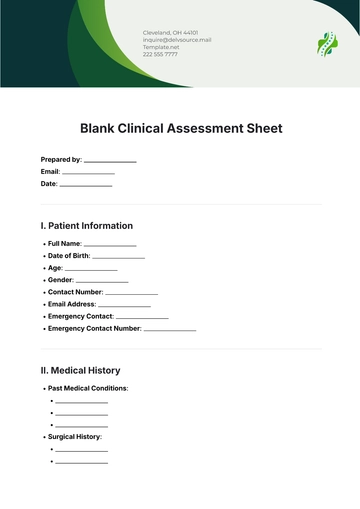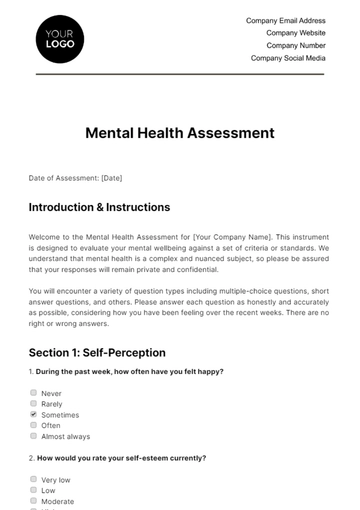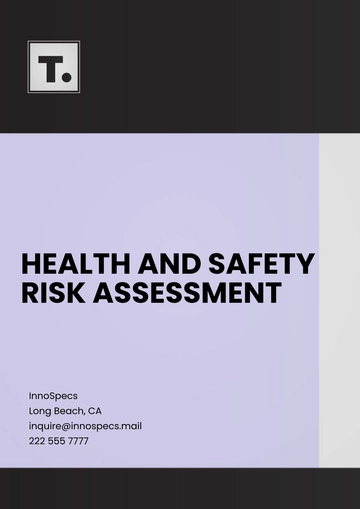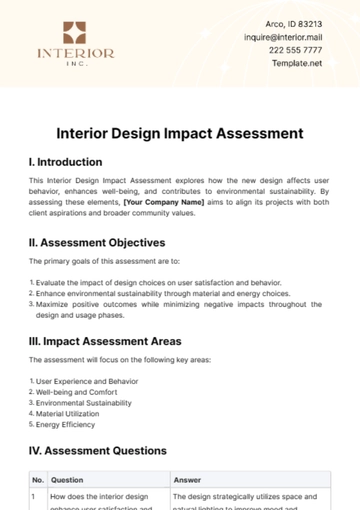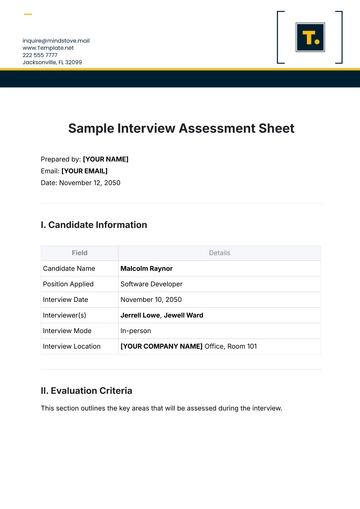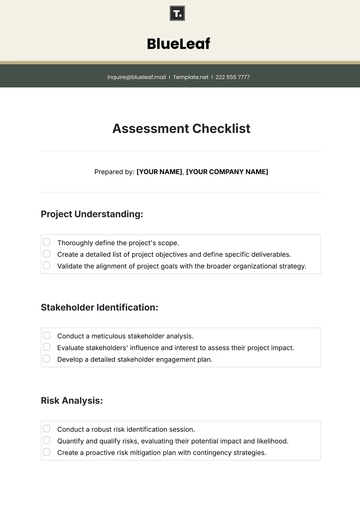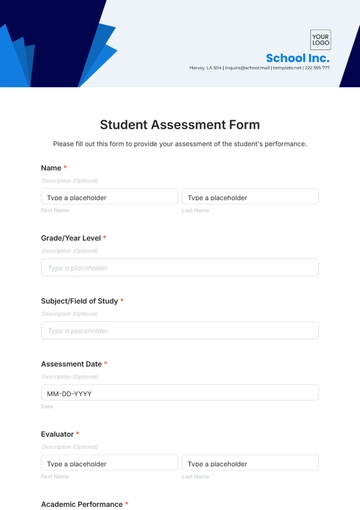Free Regulatory Compliance Risk Assessment
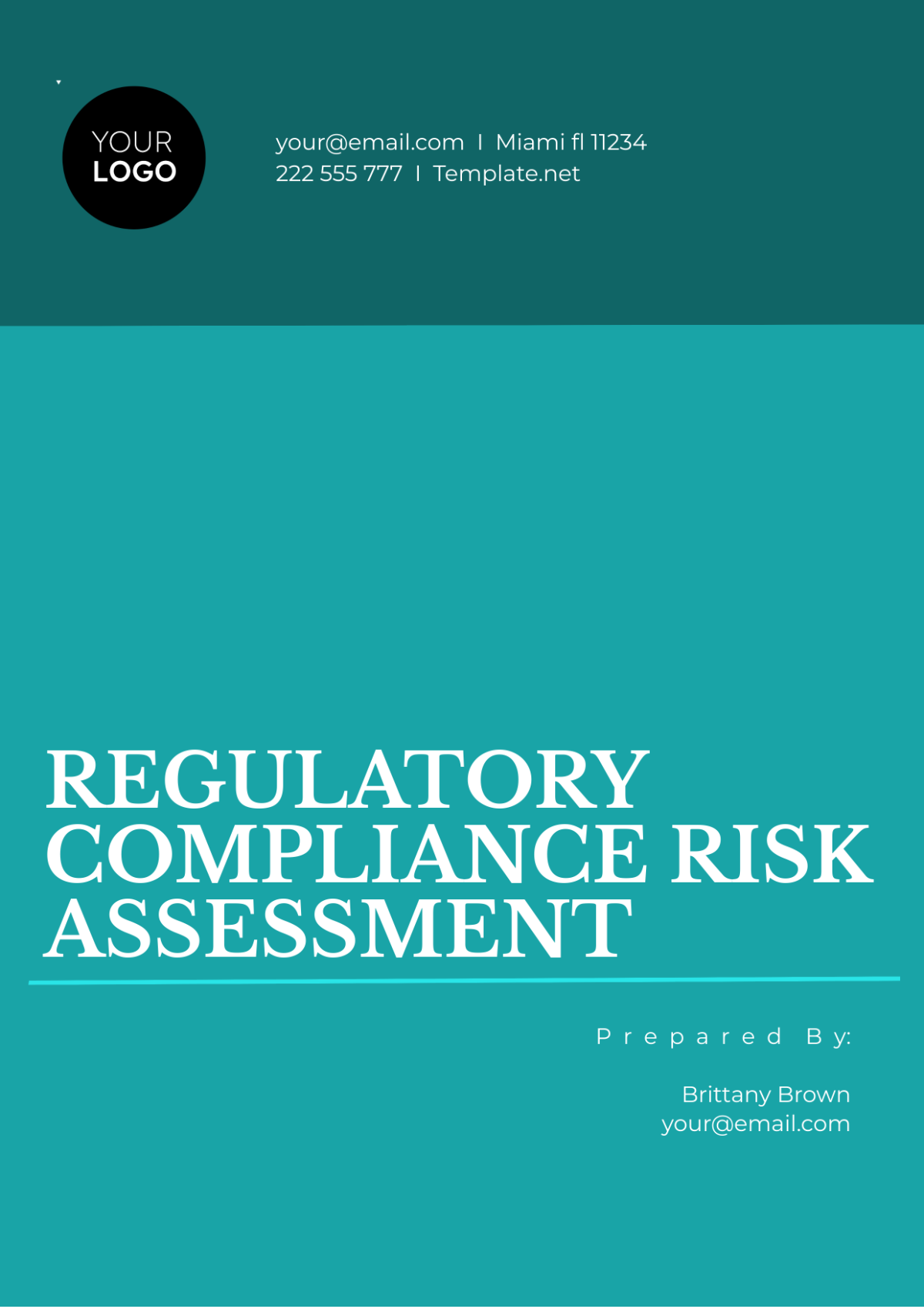
[YOUR COMPANY NAME]
I. COMPLIANCE OVERVIEW
The Compliance Overview provides an understanding of the regulatory environment and the potential risks associated with launching the new software product. It includes an analysis of the potential legal, regulatory, and compliance implications. The compliance factors may include:
Applicable laws and regulations related to the software product
Industry standards and best practices for compliance
Data protection and privacy regulations that impact the product
Intellectual property rights and licensing requirements
II. IDENTIFICATION OF RELEVANT REGULATIONS
Identify and list down all regulatory requirements and prevailing laws that govern the software products in your industry. Provide a brief description of the application of each regulation on your product.
GDPR: EU regulation governing the handling of personal data of EU residents, emphasizing data protection principles, consent requirements, and data subject rights.
HIPAA: US federal law regulating the handling of protected health information (PHI) by healthcare entities, mandating security, privacy, and breach notification measures for software used in healthcare.
PCI DSS: Set of security standards ensuring secure processing, transmission, and storage of payment card data, applicable to software involved in payment card transactions.
COPPA: US federal law requiring websites and online services targeting children under 13 to obtain parental consent for collecting personal information, focusing on children's online privacy protection.
III. COMPLIANCE GAP ANALYSIS
Evaluate the existing product against the identified regulations to determine any compliance gaps and assess potential risks.
III.I Existential Gap 1: GDPR (General Data Protection Regulation)
Describe how the product currently handles user data, such as data collection, storage, and processing.
Identify any discrepancies between the product's current data handling practices and the requirements outlined in GDPR, such as lack of explicit consent for data processing or insufficient data protection measures.
Discuss potential consequences such as fines, legal actions, or reputational damage for non-compliance with GDPR.
III.II Existential Gap 2: FCC (Federal Communications Commission) regulations for electromagnetic interference.
Explain how the product's electronic components comply with FCC regulations regarding electromagnetic interference.
Identify any instances where the product's electromagnetic emissions exceed allowable limits set by the FCC.
Discuss potential consequences such as product recalls, penalties, or restrictions on sales for non-compliance with FCC regulations.
III.III Existential Gap 3: FDA (Food and Drug Administration) regulations for medical devices.
Describe how the product complies with FDA regulations regarding safety and effectiveness for medical devices.
Identify any areas where the product's design, manufacturing, or labeling deviates from FDA requirements.
Discuss potential consequences such as product liability claims, regulatory sanctions, or market withdrawal for non-compliance with FDA regulations.
III.IV Existential Gap 4: ISO 9001 quality management system standards.
Explain how the product manufacturing processes adhere to ISO 9001 standards for quality management.
Identify any gaps in the implementation of quality management practices, such as inadequate documentation or lack of process controls.
Discuss potential consequences such as customer dissatisfaction, product defects, or loss of certification for non-compliance with ISO 9001 standards.
IV. RISK RATING
Rank the identified compliance risks based on their potential impact on the business.
Regulatory non-compliance leading to fines and penalties
Data breach resulting in loss of customer trust and legal repercussions
Supply chain disruptions affecting production and distribution
Employee misconduct leading to reputational damage and legal liabilities
V. MITIGATION STRATEGY
Develop strategies to address identified compliance risks and gaps. Each risk should have a corresponding mitigation strategy.
Implement regular training sessions for employees to ensure awareness of compliance regulations and protocols.
Conduct thorough audits quarterly to identify any emerging compliance risks and address them promptly.
Enhance communication channels within the organization to facilitate reporting of potential compliance breaches.
Implement automated monitoring systems to detect and prevent any unauthorized activities that may lead to compliance violations.
VI. COMPLIANCE MONITORING PLAN
Create a plan to regularly monitor and update the compliance status of the product after its launch.
Outline the specific regulatory requirements that need to be monitored regularly. This could include legal standards, industry regulations, or internal policies relevant to the product.
Describe the frequency and methods of monitoring. Will it be conducted monthly, quarterly, or annually? Will it involve internal audits, third-party assessments, or a combination of both?
Identify responsible parties for each aspect of compliance monitoring. This could include individuals or departments within the organization, external consultants, or regulatory agencies.
Detail the process for updating compliance status. How will any non-compliance issues be addressed? Who will be responsible for implementing corrective actions, and what are the timelines for resolution?
VII. REVIEW AND APPROVAL
The checklist and its implementation should be reviewed and approved by the authorized person(s).
Reviewed by: [Reviewer Name]
Approved by: [Approver Name]
VIII. SIGNATURE
Ensure that [Your Company Name]'s Compliance Checklist is regularly reviewed and updated to reflect changes in laws, regulations, and business operations. Compliance is an ongoing process that requires continuous attention and improvement.

[Your Name]
Compliance Officer
Date: [Insert Date]
This Compliance Risk Assessment Checklist will ensure that your product launch is adequately prepared for the regulatory environment, thereby mitigating any associated risks.
- 100% Customizable, free editor
- Access 1 Million+ Templates, photo’s & graphics
- Download or share as a template
- Click and replace photos, graphics, text, backgrounds
- Resize, crop, AI write & more
- Access advanced editor
Enhance and Discover peace of mind with Template.net's Regulatory Compliance Risk Assessment Template. This editable and customizable tool empowers you to assess, mitigate, and manage regulatory risks effortlessly. Crafted for efficiency, it's editable in our Ai Editor Tool, ensuring seamless customization to suit your unique compliance needs. Elevate your compliance strategy effortlessly with our comprehensive template.


